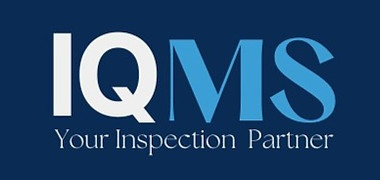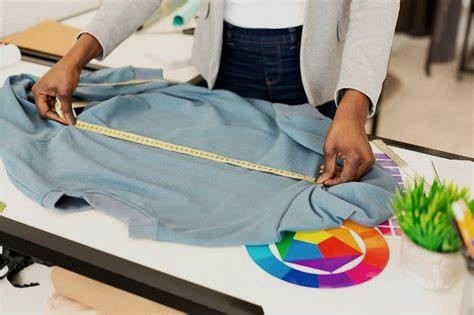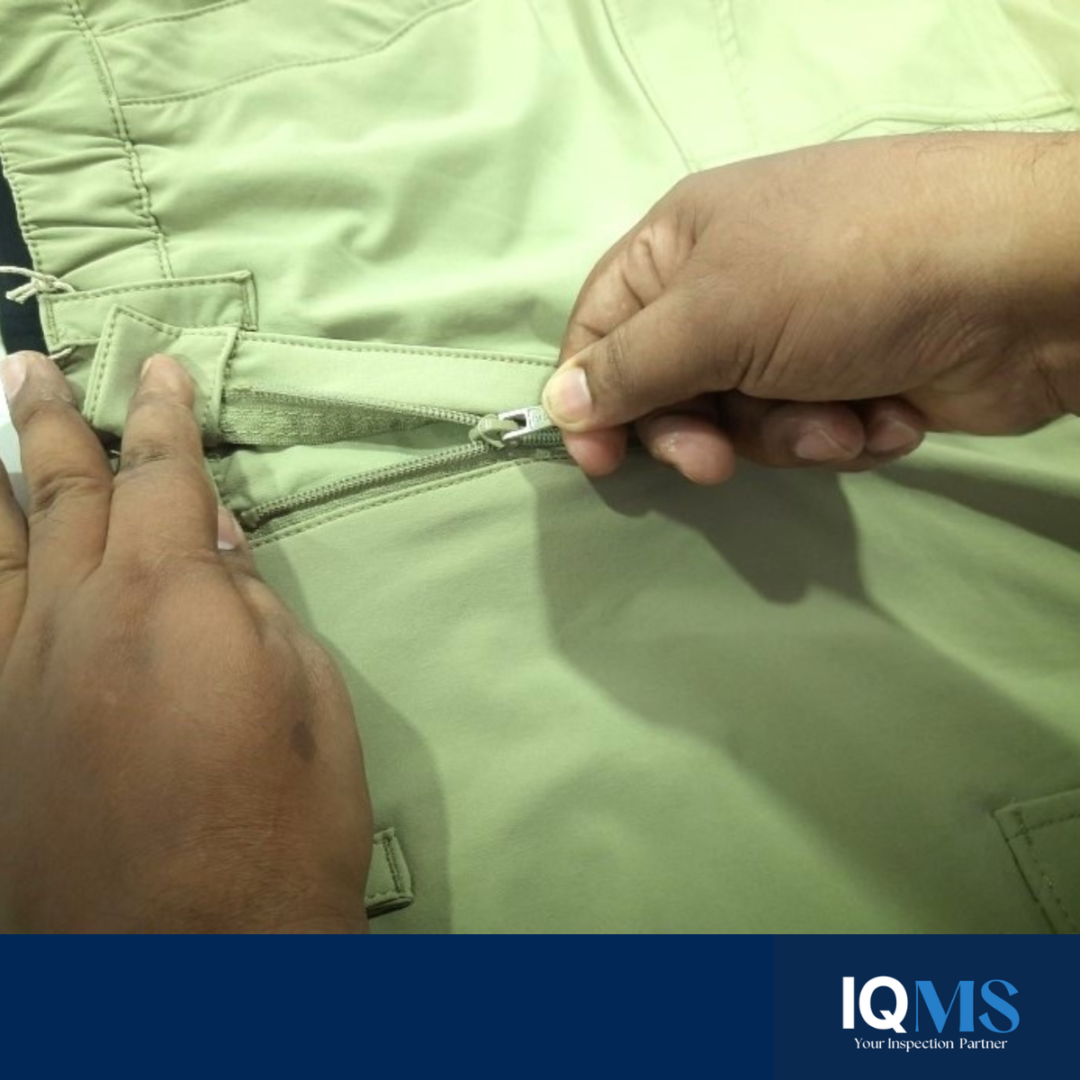Introduction:
In the intricate realm of fashion and textiles, the pursuit of perfection in garment production is unceasing. Garment quality control management serves as the backbone of this pursuit, ensuring that every piece of clothing that reaches consumers meets the highest standards of quality, fit, and aesthetics. This comprehensive guide delves into the step-by-step process of managing garment quality control to deliver products that not only satisfy but also exceed customer expectations.
1. Defining Quality Standards and Specifications
The journey to superior quality begins by clearly defining the quality standards and specifications for your garments. This involves setting parameters for aspects such as materials, workmanship, stitching, measurements, color accuracy, and even packaging. Collaborate with designers, production managers, and other stakeholders to establish a comprehensive set of guidelines.
Key Considerations:
- Materials and Components: Specify the type and quality of fabrics, trims, zippers, buttons, and other components.
- Workmanship Standards: Define acceptable levels of stitching, seam strength, and overall finish.
- Size and Fit Requirements: Establish accurate measurements for each garment size.
- Color and Print Accuracy: Provide clear references for colors, patterns, and prints.
2. Supplier Selection and Collaboration
Partnering with reliable suppliers who share your commitment to quality is pivotal. Establish open lines of communication and collaboration with your suppliers to ensure that they understand and adhere to your quality standards.
Key Steps:
- Supplier Audits: Evaluate potential suppliers based on their quality management processes and track record.
- Regular Communication: Maintain a continuous dialogue to address concerns and clarify specifications.
- Provide Clear Guidelines: Furnish suppliers with comprehensive documentation outlining your quality requirements.
3. Implementing Pre-Production Procedures
Before manufacturing begins, implement stringent pre-production procedures to ensure that the raw materials and components meet your quality standards. This phase serves as a preventive measure to avoid downstream defects.
Key Activities:
- Raw Material Inspection: Verify the quality of fabrics, trims, and other materials before production.
- Color and Print Matching: Confirm that the chosen colors and prints match the approved references.
- Prototype Evaluation: Assess the initial prototypes against the defined specifications.
4. In-Process Inspection and Monitoring
The heart of effective quality control lies in in-process inspections. Regular monitoring of production stages allows for early defect detection and correction, reducing the likelihood of producing faulty garments.
Key Strategies:
- Random Sampling: Select garments at different production stages for quality assessment.
- Stitching and Workmanship Checks: Examine stitching quality, seam strength, and overall craftsmanship.
- Alignment and Symmetry Verification: Ensure patterns, prints, and labels are accurately aligned.

5. Final Inspection and Quality Assurance
As production nears completion, a comprehensive final inspection is conducted to validate that each garment meets the predetermined quality standards. This stage ensures that only top-notch garments reach consumers.
Key Aspects:
- Statistical Sampling: Randomly select a representative sample from the production batch for inspection.
- Appearance and Finish Examination: Detect and rectify defects, stains, and imperfections.
- Measurement and Fit Evaluation: Verify that measurements adhere to specifications for each garment size.
6. Post-Production Follow-Up
Quality control management doesn’t conclude with inspection. It extends to addressing any post-production issues that may arise, ensuring customer satisfaction even after the garments have left the factory.
Key Activities:
- Defect Analysis: Analyze any defects found during inspections to identify root causes and prevent recurrence.
- Re-Work and Corrections: Implement necessary re-work or corrections based on inspection findings.
- Documentation and Reporting: Maintain comprehensive records of inspections, findings, and corrective actions taken.
7. Continuous Improvement and Training
Garment quality control management is an evolving process. Regularly review your quality control procedures and seek opportunities for improvement. Invest in training programs to enhance the skills and awareness of your team members regarding quality standards.
Key Strategies:
- Feedback Loop: Gather feedback from different stakeholders, including customers, to identify areas for improvement.
- Process Optimization: Continuously refine and optimize your quality control procedures based on lessons learned.
- Training Workshops: Conduct training sessions to educate employees about evolving quality standards and techniques.
Conclusion
In the fast-paced world of fashion, where consumer expectations are sky-high, effective garment quality control management is a non-negotiable requirement. By meticulously defining quality standards, collaborating closely with suppliers, implementing rigorous inspections at every stage, and maintaining a commitment to continuous improvement, you pave the way for garments that are not just clothes, but manifestations of excellence that resonate with customers worldwide. A robust quality control management system isn’t just a process—it’s the lifeline of your brand’s reputation and success.



